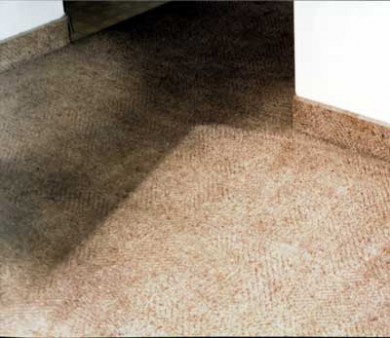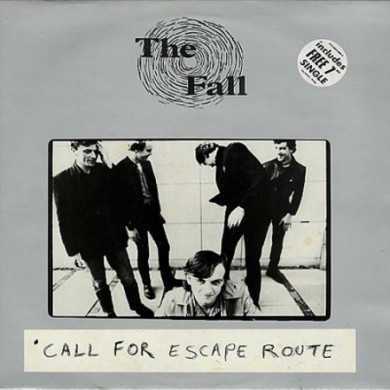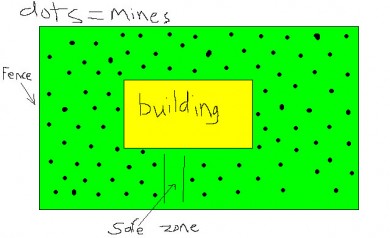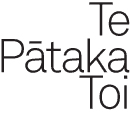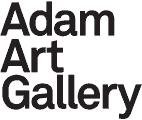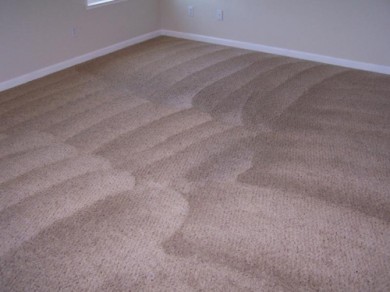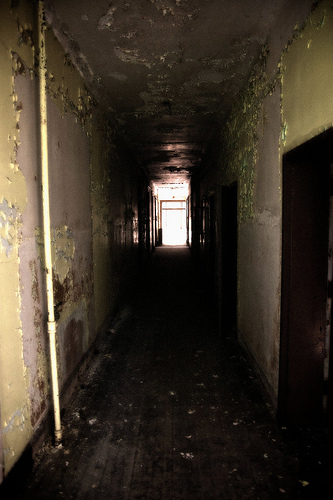Kate Newby
Falling over with surprise 2009
carpet, sheets, oil, coffee stains, red wine, lip balm, wood, scaffolding, paint, ceramics
Kate Newby’s material is her immediate environment — language, objects, architecture and personal relationships are combined to create sceanarios from quotidian situations in the places she occupies and the actions involved in making her work. Often working with peripheral sites inside and outside of the gallery, Newby intervenes with the physical fabric of her chosen location to generate conversations that pull, direct, and expand the viewer’s attention beyond conventional art viewing. Drawing out both the physical and poetic attributes of her materials Newby’s work visualises an encounter and forefronts action — collapsing and confusing the lines between process and product, doing and documentation.
For this project, Newby presents a provocation to the function of the gallery and suggests the possibility of incorporating another: By negotiating the boundary between the inside and outside of the institution, she employs the ‘casual’ act as a means of passing through and creating an escape route towards the space of lived experience.
Art history is also present in her installation. There are references here to New Zealand post-object practitioner Jim Allen and his work O-AR (part 2) 1974, Bruce Nauman’s prosaic studies of the performing body, and the dance works of Simone Forti and Trish Brown. Informed by these practices yet carrying her own insights, Newby’s work locates the experiential in the tension between staged visibility and the intimate-but-equally-performative site of the personal; in getting someplace else, she suggests that the situation is always slightly other than what we expect it to be.
Kate Newby has exhibited in New Zealand, Australia, Europe and the USA as well as initiating and contributing to several publishing projects. She graduated with a MFA from Elam School of Fine Art, Auckland University in 2007 with the project My Poetry, for example.
Recent exhibitions include: Show me, don’t tell me: Witte de With curated section, Brussels Biennial 1, Brussels, 2008; Thinking with your body, Gambia Castle, Auckland, 2008; Academy, TCB, Melbourne, 2008; and Many directions, as much as possible, all over the country, 1301 PE, Los Angeles, 2008.
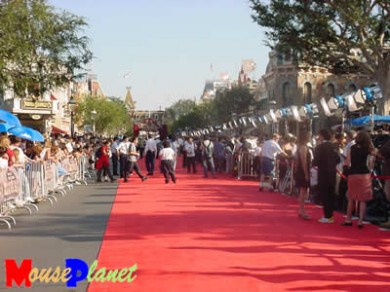
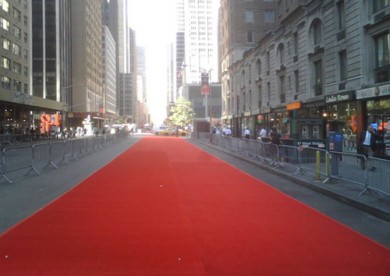
‘Inherent in, if not constitutive of, the attempts at crossing the Berlin Wall, is the necessary appearance of casualness (the use of disguises, hiding places in cars and baggage, electric cable spools) and/or the concealment of the executed action (construction of tunnels), these attempts being furthermore surrounded by a variety of plausible situations (credible to and unsuspected by the frontier control), or, at least, by a degree of invisibility. This plural act invisibly performed either through the casualness of unsuspected appearance or in a covert manner, is the escape route’s design…The attempts at crossing the Berlin Wall, understood as actions independent of each of its actor’s intentions and of the weight of personal motivations, inevitably ended, although without public knowledge, in the submission to an audience, not in the sense of the spectator implied in its physical presence, as understood by the perfomative arts, but to those through whom the diffusion of its report could confront themselves with their own possibility of and for action: a deferred audience, posterior to the given action, which could consequently read each crossing as demonstrative and construe—or not—for itself, individually, within the freedom of its will, the exemplary character of each crossing’ — Mariana Silva and Pedro Neves Marques, ‘The escape route’s design: assessment of the impact of current aesthetics on history and a comparative reading based on an example close to the city of Berlin’, e-flux journal #6, 2009.
